Currently making its rounds around the internet, Ultimate Epic Battle Simulator is a game that's currently in Steam Early Access. In it, you can create armies whose troops number in the tens of thousands, and then have them duke it out for ultimate supremacy.
Many players have recreated popular battles such as the infamous Battle of Thermopylae, where 300 Spartans (along with 700 Thespians and 400 Thebans) fought to the death against the much larger Persian Army (numbering over 100,000) in order to protect the retreating Greek army.
But there are many more great historical battles that deserve to be recreated. Let's look at five such battles, ranging from the Hundred Year's War to World War I.

The First Battle of Passchendaele
The First Battle of Passchendaele is actually a little misleading because it was just one battle within the larger Battle of Passchendaele campaign, which lasted from July 31 to November 6, 1917. (It was also called the Third Battle of Ypres. Yup. That's history for you.)
Either way, the First Battle took place around the village of Passchendaele in western Belgium during World War 1 on October 12, 1917, between the Allied (mostly British) forces and the German.
Soldiers struggle to move artillery guns in the thick mud.
This excursion begins what is a trend throughout much of this list in that miscommunication causes great harm. In this case, some Allied leaders believed that a major advance toward Passchendaele was taking place. Corrections were made too little too late. Bad weather conditions made it hard to navigate troops and almost impossible to relocate artillery. In fact, many guns were said to be left at their old positions and merely fired off at the border of their range.
This eventually led to significant losses for the Allied forces, totaling almost 13,000 dead, 845 of whom were said to have been killed or wounded in the muddy no man's land.
Over the course of all the battles involved in the Third Battle of Ypres, ~1.7 million Allied forces were said to have been involved while ~2.6 million German forces were. Each side was said to have lost no less than 200,000 troops, but possibly as many as 400,000. I’d like to see the rig that can run that number of troops in Ultimate Epic Battle Simulator.
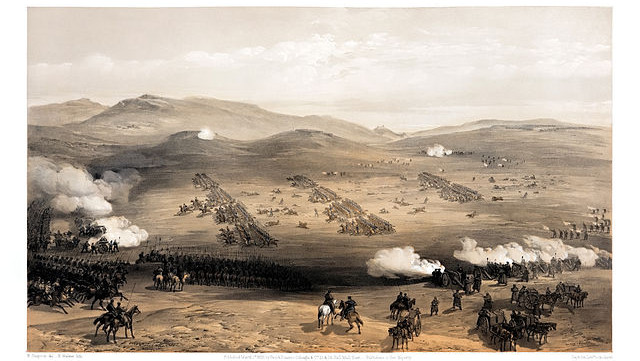
The Battle of Balaclava
The Battle of Balaclava took place on October 25, 1854, during the Crimean War near the port of Balaclava. It saw the Allied forces (British, French, and Ottoman Empires) defending the port from the Russians. This battle is famous-- amongst history buffs-- for a couple particular moments.
Thin Red Line

The first was a great success. A line of soldiers only 2 men deep is all that stood between a Russian brigade of cavalry and Balaclava. It is said that the Allied commander Colin Campbell had such a low opinion of the Russian cavalry that he decided not have his men line up 4 deep, as per tradition. The men only got the chance to fire volleys at 600, 350 and 150 yards respectively before the Russian commander had his men retreat, assuming that such a small force must be a diversion distracting them from a much larger force behind them. Whatever the case, the Thin Red Line saved the day.
The Charge of the Light Brigade
This second tale, from the same battle, is considered one of the most epic fails in British Military history. Lord Raglan, the leader over the whole battle, sent orders for the brigade to intercept Russian troops that were trying to take guns from an overrun position. This was well suited for a brigade of cavalry. Cavalry are fast and the enemy would be caught flat footed. However, this was not the order they received.
The order they actually received commanded them to run headlong into an established gun battery. Surrounded on three sides by cannons, these men valiantly carried out their orders. Despite many of them dying, they did briefly pierce enemy lines, scattering enemy gunners in the process. The remaining men were forced to retreat shortly thereafter. Some 200 of 600+ men were left alive with horses in tow after this.
The failed military action was so epic that it inspired the iconic poem of the same name by Lord Tennyson only mere weeks afterward. It was also the influence for the above Iron Maiden song -- The Trooper.
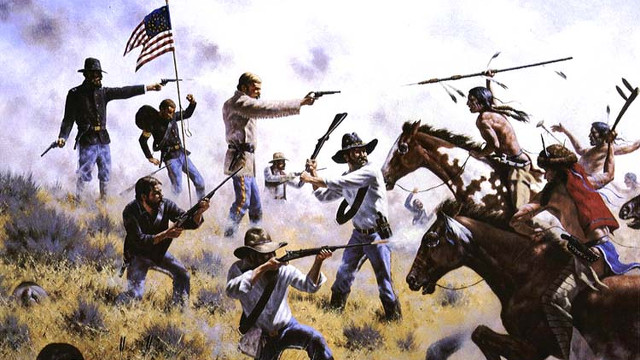
The Battle of Little Bighorn
The Battle of Little Bighorn was one filled with negligence. Custer was the head of the 7th Cavalry and was tasked with helping keep the Native Americans in line and on their reservations, especially since some Natives had become militant in face of what they viewed as wrongs persecuted unto them by the government. As we all know now, they were correct; they were being wronged.
George Armstrong Custer
Custer had bad intel to start things out. He had been told of 800 hostiles, but there would eventually be nearly 2000. Although he would later ascertain information hinting at a larger enemy force, he decided not to make changes to his approach. Custer would go on to separate his men into 4 smaller detachments because he feared the Natives might try to escape, thus leaving each detachment even more extremely outnumbered. Moreover, when given the opportunity to accept reinforcements, he also turned them down, saying that his men could handle anything the Native Americans could throw at him.
Spoiler Alert: The Battle of Little Bighorn was also known as Custer’s Last Stand.
Sitting Bull, a Lakota Holy man, is said to have prophesied the victory.
Of all the battles on this list, it is by far of the smallest scale. Because of this, it seemingly takes on more personal traits. The stories relating to the pivotal characters have room to breath. The battle is not so overly complicated by documents that try to account for the whereabouts of thousands of troops at any given time that it obfuscates the larger picture. The battle site wasn’t particularly large; its smaller scale gives it focus. The men in Custer’s detachment were slaughtered so thoroughly that no one lived to tell of it first hand, thus lending it an air of mystery.
You can imagine the Native American’s plight and you can imagine the last moments as Custer and his men made their last stand. And yet, in some ways, you have to imagine what happened, because no one can say exactly what happened that day, just that it resulted in the slaughtering of Custer’s men.
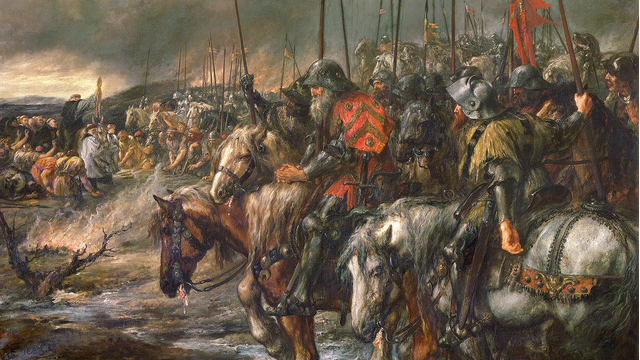
The Battle of Agincourt
The Battle of Agincourt, in my opinion, is the most amazing battle on this list. King Henry V of England has a long distant claim to the French throne through a distant relative. He claims that he should be the next in line to the French throne. However, he is willing to accept a King’s Ransom -- see what I did there -- from the French to settle the issue; no wars needed. He wants nearly 4 million total crowns, the youngest French Princess’s hand in marriage, and several different territories.
At this time it is 1415, nearly 80 years into the 116 years long Hundred Years’ War which was fought at varying times, by various Kings of England and France, claiming their hold over one another’s throne. At this point, a new claim to the throne is old news.

France comes back with a counter offer. “We will give you the Princess, 600,000 crowns, and one of the territories you asked for,” they say. The English take this as an insult. Henry V wants heads to roll. After trying and failing a couple times to get war approved by the Great Council, he finally gets the go ahead along with a “double subsidy”, or temporary doubling of taxes to pay for the war effort.
After starting a war campaign in France, Henry V ends up only claiming one village within two and one-half weeks span. By this time, his numbers had started to dwindle as disease tore through his ranks. His troops were also weary from having marched 260 miles (~14 miles per day) over such a short time.
Henry V takes planned to take his army through Calais, meet up with his fleet, and return to England. However, his army was intercepted by France's in what would come to be known as the Battle of Agincourt.

Up to 80% of England's forces during the battle were archers.
While the exact number of troops either side sported is greatly debated-- as in almost any war-- the English were certainly outmanned, weary, and sickly. Many accounts have the English being outmanned 4-to-1 or even 6-to-1 with as many as 9,000 troops or as few as 6,000 troops at their disposal. While the French were said to have as many as 36,000 rested and healthy troops.
I don’t even think I need to say anything else other than Henry V won. English casualties were around 500 while French casualties numbered ~6,000. Consider the Mic Dropped. Oh, and he took the Princess. And their son would go on to claim the throne of both England and France, but that is a story for another day. (P.S: I’m never going to tell you that story.)

The Battle of Sandwich
The Battle of Sandwich was in the year 1217 between French and English forces. At the time, the French had laid siege to England and had held much of it for almost a year. However, a recent battle meant that the French needed reinforcements and they were to come by sea.
Now, why were the French invading England, you might ask? Because the crown prince of France, Prince Louis, accepted the Magna Carta rebel barons’ proposition that he could take over as the king of England if he helped conquer it.
The fleet that was sent was arranged by his wife, which was extremely out of place for the time, and “his notorious admiral, Eustace, a farting, foul-mouthed, cross-dressing monk”. Eustace was later executed when he was captured as a prisoner. The English also used innovative tactics to defeat their opponents, as well, such as using quicklime missiles to blind the French.
This mural depicts the French flagship being captured and Eustace being killed.
The whole thing is oddly off-key from the start. I mean the battle itself is named Sandwich. The whole setup sounds like a clunky premise that a bad video game would use when it wants to excuse why your main character is invading another country at the start of a game. And then there is the kick ass wife and the cross-dressing monk. You can’t make up this stuff.
Sadly, I don’t think that naval combat is currently possible in Ultimate Epic Battle Simulator, but that is just fine since it is currently in Steam Greenlight anyhow. There is plenty of time to add that in and I am a patient man. Until then, you can just come up with wacky combinations of troops to honor the spirit of the Battle of Sandwich.
In honor of the Battle of Sandwich.
There you have it. 5 battles throughout the last millennia that deserve to be recreated in Ultimate Epic Battle Simulator. If there's one thing that I think we can all agree that we learned it is that England is a country of warmongers. Seriously, all of the battles, except for Little Bighorn, involved England.
So what do you think? What great battles should I have included? What historical battles would you like to see replicated in UEBS?







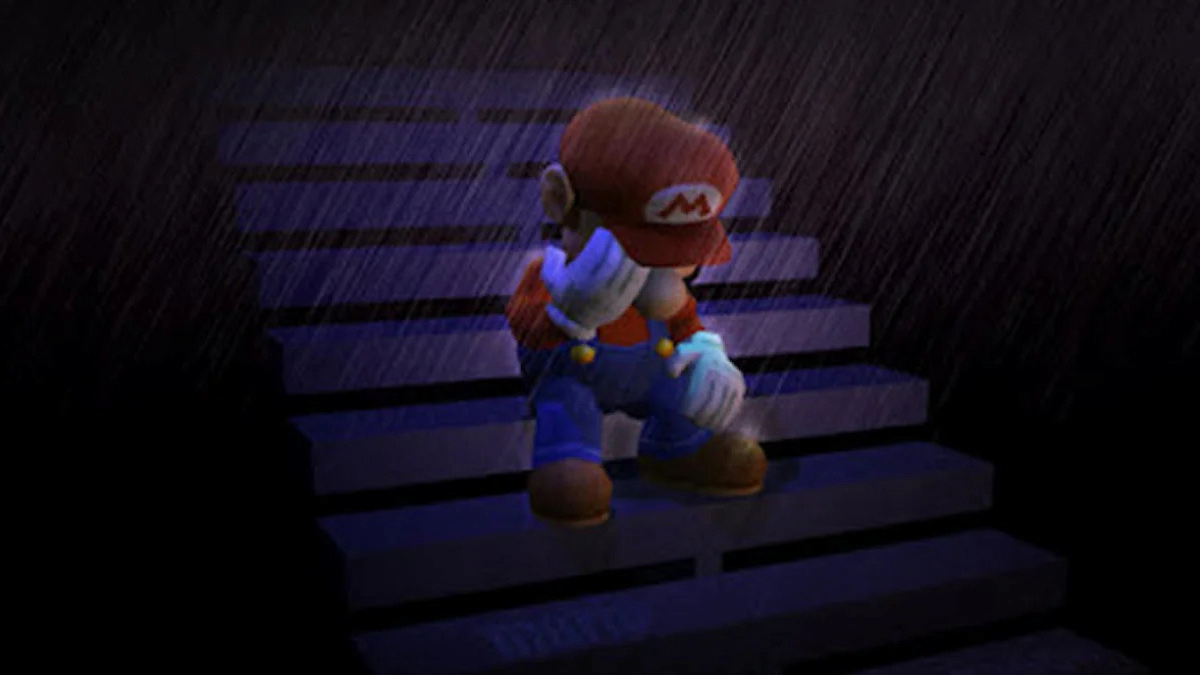
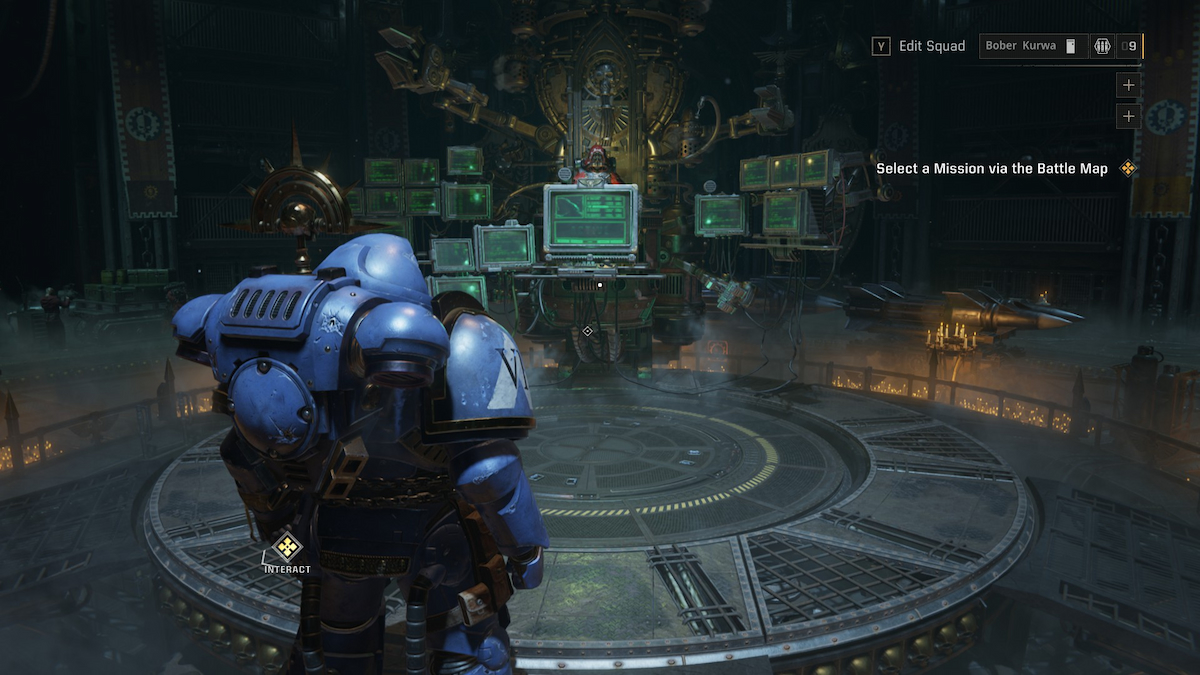

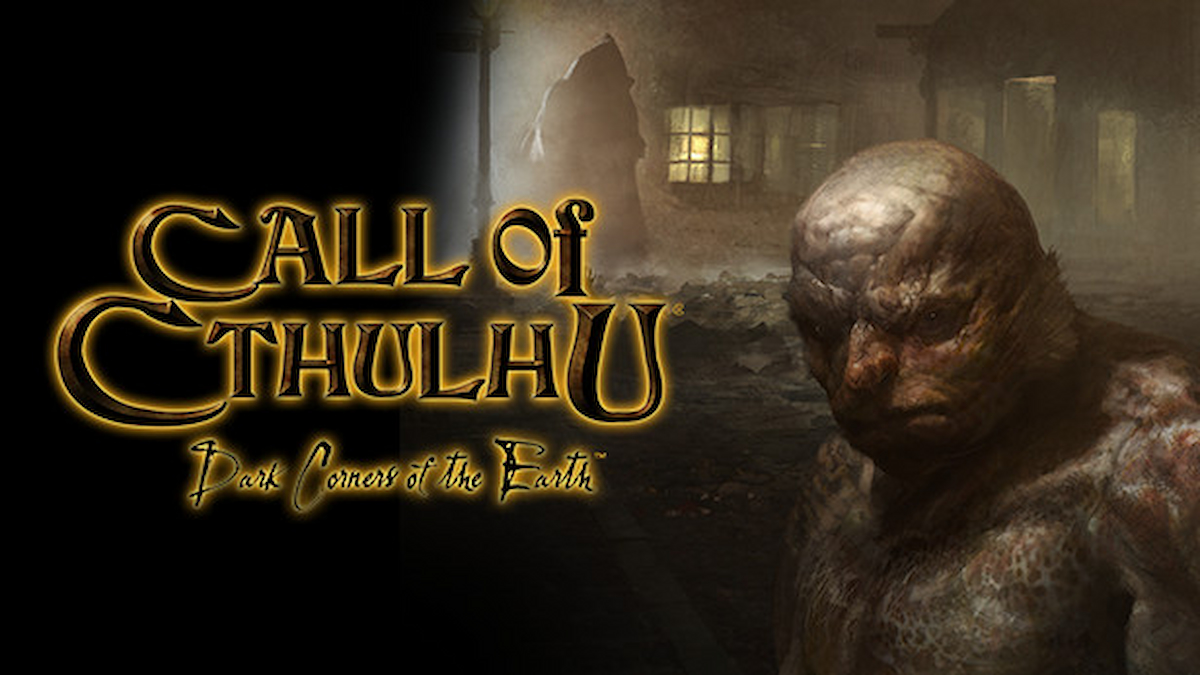
Published: Apr 22, 2017 05:30 pm